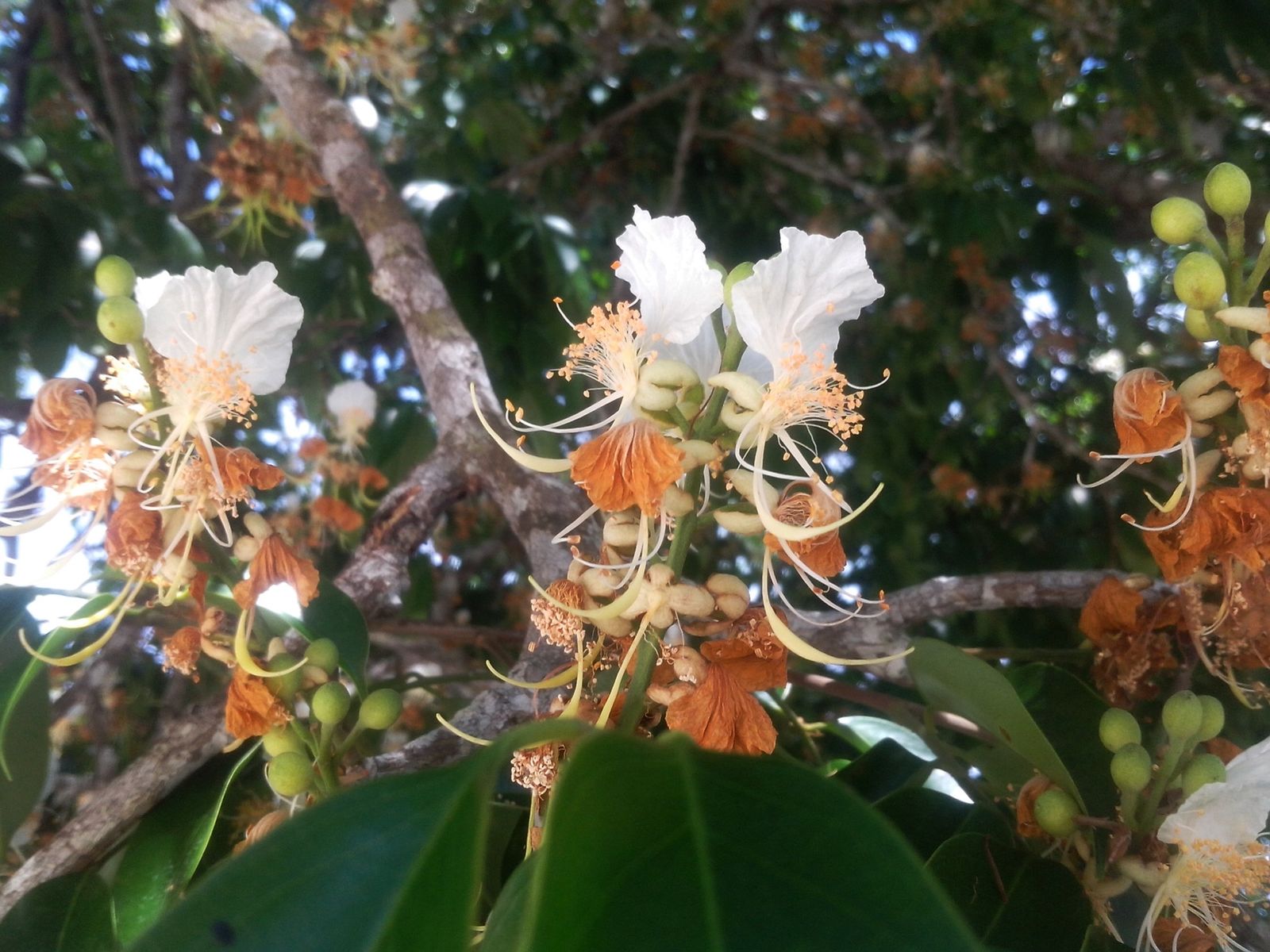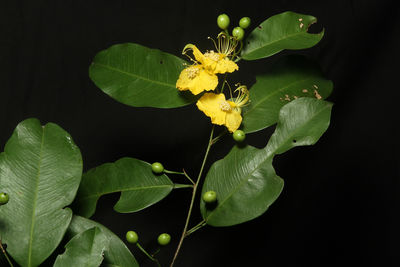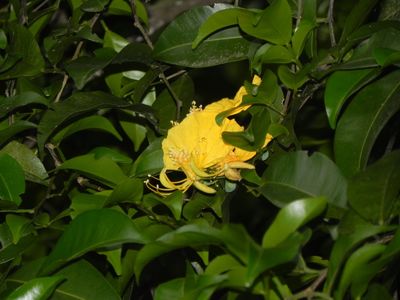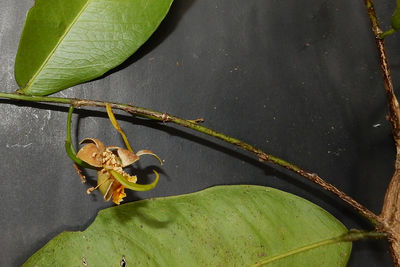The Swartzieae sens. lat., comprising 17 genera and c. 258 species (Fig. 28), is largely Neotropical and distributed from Mexico to Argentina, and the Caribbean, with Bobgunnia, Cordyla, Mildbraediodendron and Baphiopsis restricted to tropical Africa and Madagascar. Cowan (1981a) included 11 genera in the Swartzieae, then later (Polhill, 1994) transferred four genera from the Sophoreae (Amburana, Ateleia, Cyathostegia and Holocalyx). Bobgunnia (Kirkbride & Wiersema, 1997) and Trischidium (Ireland, submitted) were added subsequently.
The flowers of Swartzieae genera are unusual and varied, and do not totally conform to the typical ‘papilionoid’ structure, resulting in much debate over the systematic placement of the tribe. Disparities with the rest of the family, of some but not all Swartzieae taxa, include a closed calyx in bud, non-papilionaceous corollas (often with a single petal, or these lacking altogether due to complete loss of some petal primordia) and polystemony (often numerous stamens resulting from an innovative developmental feature, the ring meristem) (Tucker, 2003). Although now generally accepted to be papilionoid, the tribe has frequently been shifted between the Papilionoideae and the Caesalpinioideae, and is even recognised by some as a fourth subfamily (De Candolle, 1825; Bartling, 1830; Endlicher, 1840; Corner, 1951).
Research based on pollen (Ferguson & Schrire, 1994), macromorphology (Herendeen, 1995), wood anatomy (Gasson, 1996) and DNA sequences (Doyle et al., 1996; Ireland et al., 2000; Pennington et al., 2001) has shown the Swartzieae to be polyphyletic, with many members of the tribe more closely related to genera in the Sophoreae, Dipterygeae and Dalbergieae than they are to each other (Fig. 28). In a phylogenetic analysis of DNA sequence data (Ireland et al., 2000; Pennington et al., 2001), Swartzia emerges in a monophyletic group with Bobgunnia, Bocoa, Trischidium, Cyathostegia and Ateleia. This group of genera, with the addition of Candolleodendron, are likely to constitute a redefined Swartzieae sens. strict., with the remaining swartzioid genera being moved to other tribes (Fig. 28). Wojciechowski et al. (2004) find moderate support for including Swartzieae sens. strict. in a monophyletic clade together with basally branching genera lacking the 50kb inversion in Sophoreae, and Dipterygeae.
The reclassification of Swartzieae sens. strict., and realignment of the remaining swartzioid genera in other tribes, needs to be corroborated by further evidence. For the present, Swartzieae sens. lat. is retained in a basally branching position within the Papilionoideae following Polhill (1981a).
[Author’s postscript: Mansano et al. (2004a) recently undertook a molecular-morphological analysis of the Lecointea clade of Herendeen (1995) and found strong support for the inclusion of Harleyodendron and Exostyles within this clade, rather than in the Vataireoid clade as reported here]
"
Over 150 species described, with c. 30 species awaiting description; Cowan's (1968) monograph does not divide Swartzia into natural groupings and given the lack of a species level phylogeny of the genus, it is quite probable that Swartzia will be further segregated at the generic level (as in the cases of Bocoa, Candolleodendron, Trischidium, Cyathostegia and Bobgunnia)






